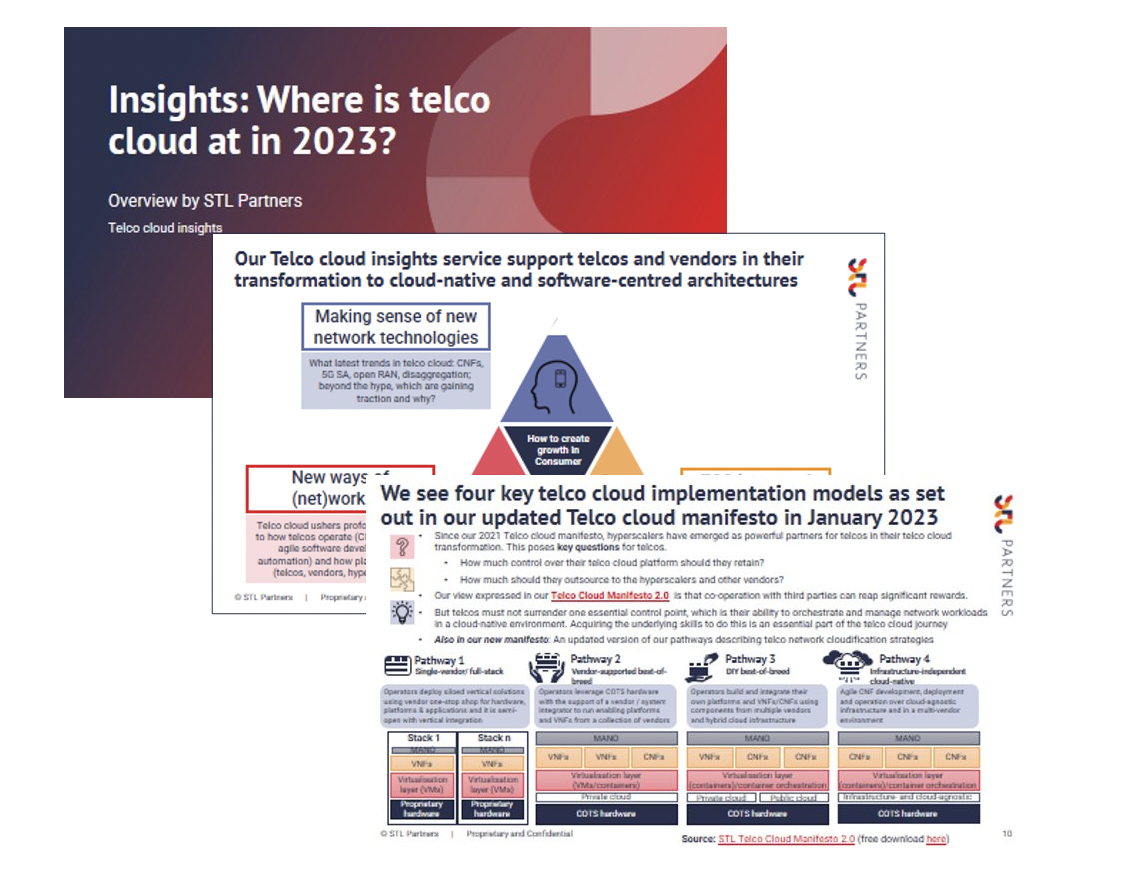
What is end-to-end network automation and why do we need it?
Network automation is not new but one area that that is ripe for telecoms operators. We explore the different perspectives and definitions of end-to-end automation and why operators have been prioritising network automation in the wake of the COVID-19 pandemic.
Network automation has been a key priority for telcos in 2020
Earlier this year in May, STL Partners published a report on the impact of COVID-19 on telco priorities. It is based on a survey with more than 200 respondents across operators, vendors and others in the telecoms industry to understand different perceptions of how telco investment priorities and activities will change in 2020 in response to COVID-19.
One headline finding of our research was that automation was clearly rated a near-term priority, particularly by telco respondents.
Automation is a clear technology priority for the telecoms industry, particularly for telcos

COVID-19 has added a particular sense of urgency to telco automation initiatives that were already under way. Many short-term automation priorities have been primarily network focused. With regards to strategic planning and network operations in particular, COVID-19 added pressure on operators in the short term to focus on providing more predictive and efficient management of the field workforce but also to optimise the network to handle changes in usage patterns.
In terms of long-term goals, these are largely unchanged but have been accelerated due to increased priority investments in automation. These are primarily focused on closing the loop on as many end-to-end processes as possible, e.g. within network operations or service provisioning, but also on ensuring all pre-existing automation efforts are not disrupted as telcos roll out 5G.
End-to-end automation has different interpretations
What is evident from our recent research is that end-to-end automation means different things to different operators therefore their ambitions and desired outcomes manifest themselves in many different ways.
Some operators define end-to-end automation as automation across all parts of the network lifecycle, from network planning and design, to set-up, launch and rollout, through to in-life management and orchestration.
Figure 2: End-to-end automation across all parts of a network lifecycle

Others see end-to-end automation as automation across all the different network domains, i.e. the physical infrastructure layers, from access to core.
Figure 3: End-to-end automation across different physical infrastructure layers

Another alternative (and interesting) perspective is to look at end-to-end automation as automation across the entire customer lifecycle, from service ordering all the way through to customer care and support. This encompasses both the network and the BSS domains.
Figure 4: End-to-end automation of the entire customer experience

…but not all telcos think it is achievable
Although end-to-end automation is a key goal that many operators strive towards, it is also one that others don’t see as achievable. In one of our recent interview programmes with operators, one particular operator believed that not every journey can be automated end-to-end, that some configuration changes are too complex, or that they will always encounter new faults that have never been seen before. Another operator also sees end-to-end automation as more of an ongoing journey as opposed to an end goal.
End-to-end automation is a key ingredient to B2B2X growth
Our wider research has found that telcos are increasingly focusing on ecosystems as an approach to unlock B2B2X revenue growth. Going back to the last perspective in Figure 4, we see end-to-end automation as being a key part of enabling these ecosystems, in order to provide the ability to reorientate and address diverse, everchanging customer needs at scale. Customers today are not only already demanding speed, accuracy and flexibility, they expect it. Going further, some customers are also asking for more self-provisioning and self-servicing capabilities from telcos.
But in an ecosystem-centric world, customers are not the only stakeholders telcos should focus on. Successful ecosystems depend on its ecosystem participants. As an ecosystem participant, automation can play a key role in ensuring telcos are the easiest partner to work with. And as an ecosystem orchestrator, automation is a key tool that telcos can provide to its ecosystem participants in order to better track and deliver every end-customer need. At the heart of it all, only with automation can operators deliver this degree of agility and flexibility that customers and partners want and need.
At STL Partners, we have extensive research and consulting work within automation, analytics and AI both within the network domain and beyond. We will be sharing our perspective and key insights from our work very soon, so stay tuned!
Network APIs: Unlocking new value in the telco cloud
Network APIs may offer an answer to the question of how to monetise recent and upcoming telco cloud deployments. Virtualised networks upgrade APIs and enhance the value they offer to developers and customers. To unlock their potential, telcos should focus on optimising their commercial models.
Progress in telco cloud: How do we measure agility?
In the January 2023 update to our Telco Cloud Deployment Tracker, which was looking back at the entirety of calendar year 2022, we recorded an overall slowdown in deployments.
Network Innovation insights pack
This document will provide you with the latest insights from our research and consulting work, including some extract of our Telco Cloud Manifesto 2.0, our latest analysis on open RAN.




